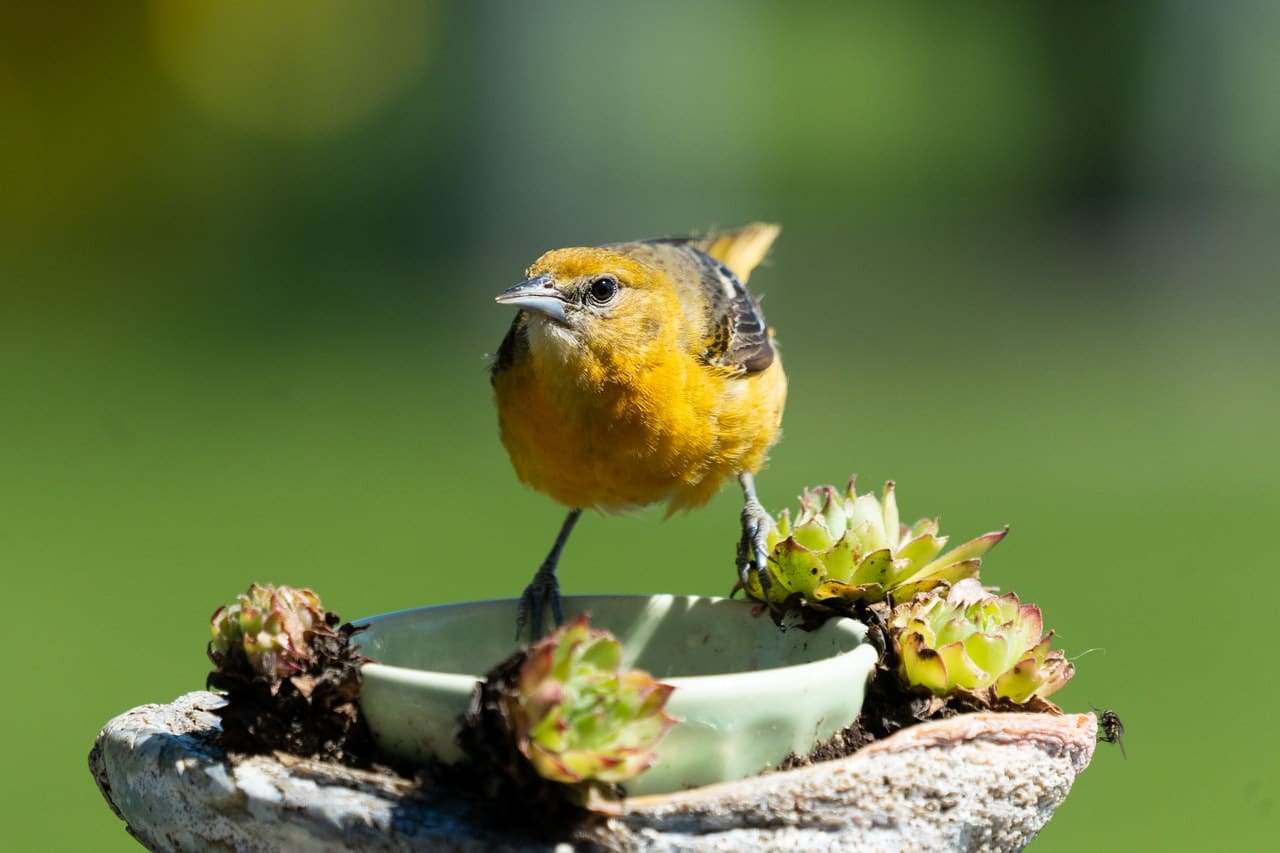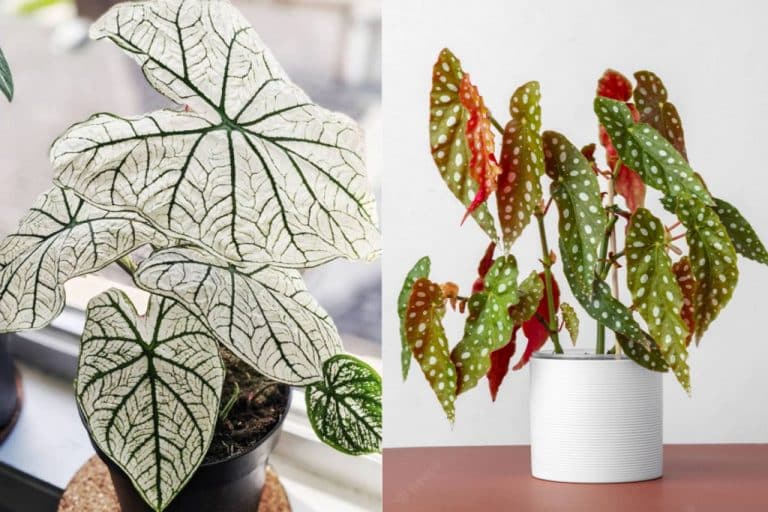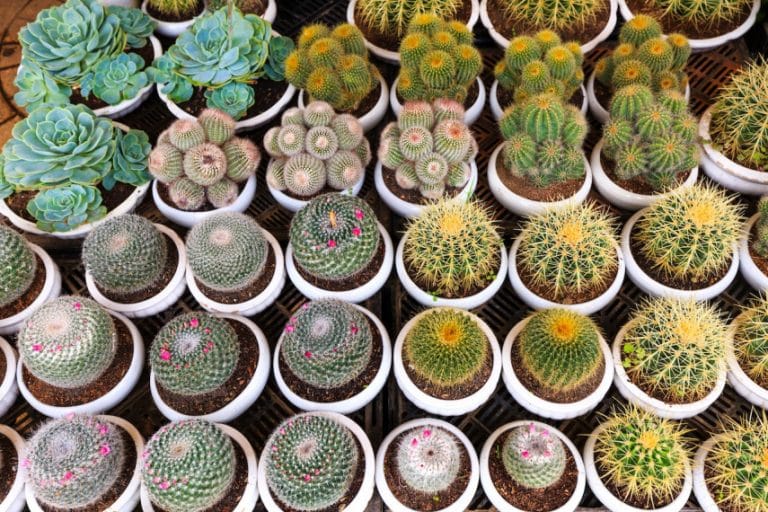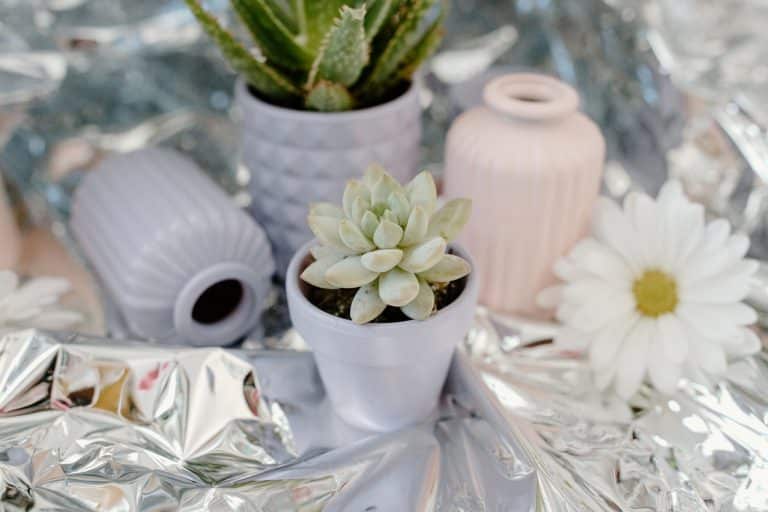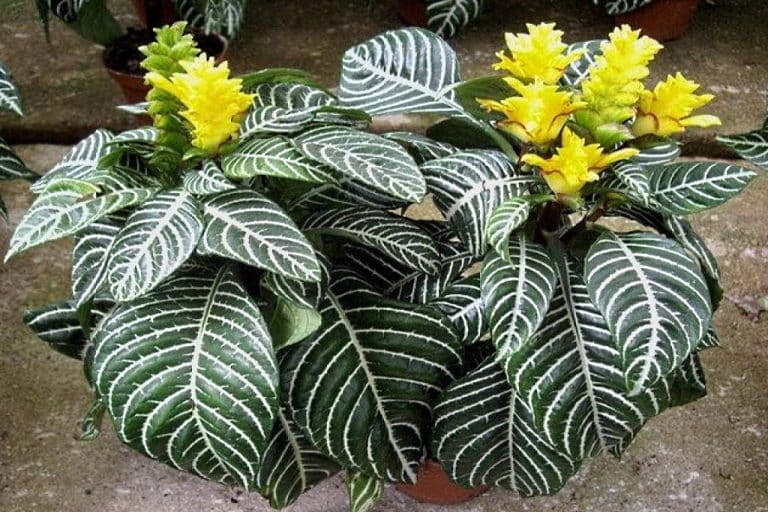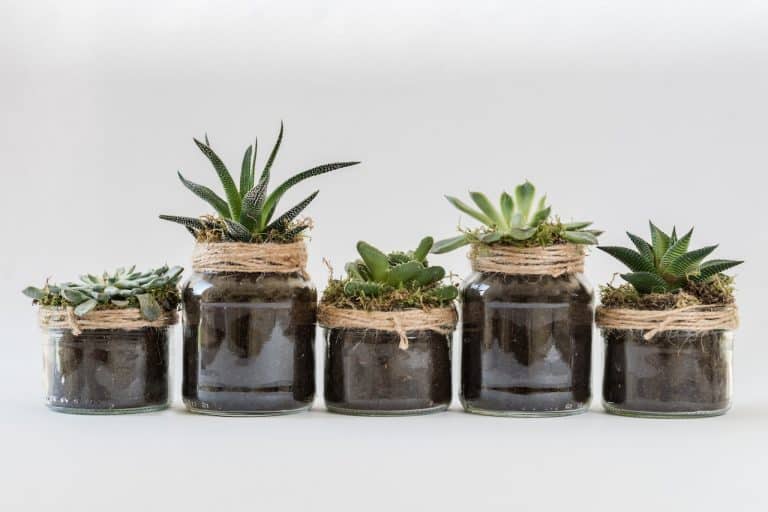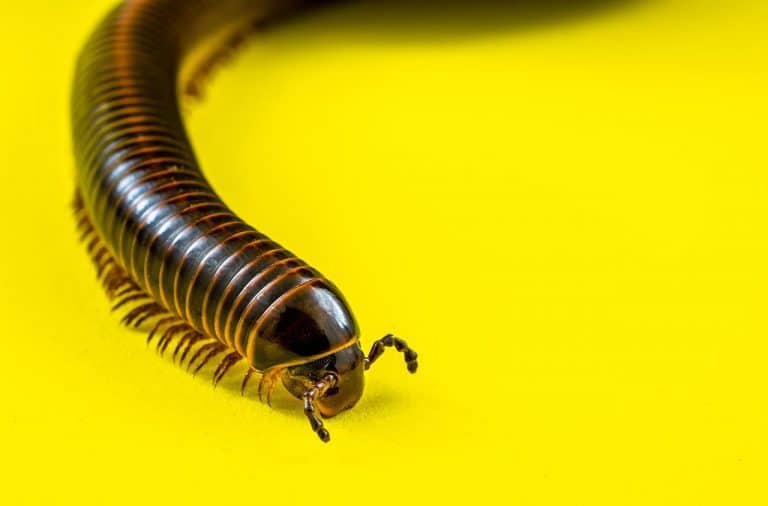What are the requirements for fruiting cactus?
Most cactus collectors enjoy the challenge of coaxing plants into bloom, which is not difficult if the plants are fully mature and a few basic needs are met.
In the wild, many cacti develop seed-filled berries, or even edible fruits, after the flowers fade. This seldom happens with cacti grown as houseplants.
Temperature: In winter, when most cacti and succulents prefer a cooler place to rest, a minimally heated room in which temperatures drop below 60°F/16°C at night is ideal. Some cacti must have a very cool resting place in winter if they are to set flowering buds.
Fertilizer: Cacti and succulents grow slowly, so they have less need for nitrogen than many other houseplants. The typical analysis of special cactus fertilizers is 2-7-7, which means they have a low concentration of all nutrients, particularly nitrogen.
If you do not want to invest in a special fertilizer for one or two cacti but want to meet their special needs, use a high-phosphorous (low-nitrogen) fertilizer mixed at half the normal strength.
Fertilize cacti and succulents only during their periods of active growth.

Water: Overwatering in winter, when most cacti and succulents are at rest, is the most common reason for plant failure.
Instead of soaking the roots, you might try spritzing water with a pump spray bottle, or dribbling small amounts from the tip of a thoroughly cleaned squirt bottle, like those used for dishwashing detergent.
With clump-forming cacti and succulents, water only around the outside edge of the clump. Most cacti and succulents will begin to shrivel if they are underwatered, but they recover quickly when adequately hydrated.
Rehydrate dried-out pots by watering the plant lightly two or three times. Cacti and succulents are prone to rot if their roots become soaking wet.


Cacti and succulents need more water in warm, sunny weather, their season of new growth. Again, it is better to water cacti lightly yet frequently than to give them too much water at once.
In general, succulents need about twice as much water as cacti. However, leaves of succulents that form round rosettes often serve as funnels that collect water.
This is okay once in a while, but try not to fill the rosettes with water more than once every few weeks, especially in winter.
Most cacti and succulents like low humidity, but extremely dry conditions can contribute to problems with spider mites. Mist resting plants from time to time, even if you do not water their roots.
To a cactus or succulent, this is similar to being exposed to dew or fog, which for some species is a natural source of moisture. Jungle plants are especially appreciative of occasional misting when they are kept in places with very dry air.

Soil: Cacti and succulents need a very fast-draining soil, since many of them evolved in areas that receive only 2 in/5 cm of rain each year.
Regular potting soil with sharp sand or grit (rock crushed into .25 in/.6 cm-diameter pieces) added is fine, or you can buy potting soil specially made for cacti.
Another option is to amend potting soil with perlite instead of sand. However, perlite is very light compared to sand or grit.
In addition to improving drainage, sand or grit add weight to containers, which helps prevent toppling.
When blending your own potting soil for cacti and succulents, mix 1 part sand, grit, or perlite to 2 parts potting soil. Adding a .5 in/1.25 cm layer of pebbles to the bottom of containers adds bottom weight and enhances drainage.
Repotting: Cacti and succulents should be repotted when they grow to within 5 in/1.25 cm of the edge of their container, or when they are so rootbound that they make little new growth.
Some species, especially rat’s tail cactus and donkey tail, are very difficult to repot when the plant becomes large. If you can’t repot a large plant without damaging it, propagate it instead.
Most cacti and succulents grow well in broad, shallow containers. However, those that grow upright, or species with more extensive roots, may need deeper pots.
You are less likely to overwater cacti grown in tight quarters, so it’s best to repot them into containers only slightly larger than the ones they have outgrown.
There are safe ways to handle cacti when repotting so that neither you nor the plant suffer injuries. Before you begin, run a knife around the inside of the pot to make the cactus easier to remove.
If the cactus is growing in a dish garden, use a knife to cut a circle around the plant about 1 in/2.5 cm beyond its outer edges. Next, wrap the cactus with a band made of strips of folded newspaper, held snugly with a gloved hand. Thick leather or rubber-coated gloves are best.
Place a layer of pebbles in the bottom of the new pot to improve drainage, and add 1–2 in/2.5–5 cm of potting soil. Make sure the soil mixture in the new container is lightly moist before replanting the cactus.
Use a spray bottle to mist the roots as you set the cactus in place, and then mist the soil as you fill in around the edges with a long-handled spoon.
Use a small brush to clean off any potting mix that became caught in the spines. Blow through a drinking straw to dislodge debris that will not brush away.
Add a decorative mulch of pebbles or sand, and set the repotted plant in a bright yet sunless place for a few days. Wait about a week before you begin watering freshly repotted cacti.
Most succulents do not have spines, so they are easier to repot than cacti. With succulents, the biggest challenge is to handle the plants very gently, because succulent leaves often break off at the slightest touch.
When repotting very delicate succulents, it can help to wrap them with a cloth throughout the operation.
Propagating: The easiest way to prolong the life of a beloved cactus or succulent is to propagate it from cuttings.
Rooting is generally fastest at about 70°F/21°C, and cacti and succulents root best when they are entering their most active period of new growth.
Late spring or early summer is usually the best time to propagate plants from rooted cuttings. When rooting either cacti or succulents, use a half-and-half mixture of peat moss and sand, a soilless mix used for seed starting, or cactus potting soil from a newly opened bag.

Most cacti develop pieces that are joined to the parent plant. Use a sharp, clean knife to sever a healthy young offset or pad from the parent plant, allow the cut end to dry and callus for a couple of days, and then plant it in a clean container filled with a half-and-half mixture of potting soil and sand.
Keep it in a shady place, and water lightly every few days to keep the soil lightly moist. Expect roots to form in about a month, but wait another few weeks before repotting the plant into a permanent pot.
Cacti that do not show obvious places where they are joined to the parent plant also can be propagated from cuttings, though this involves cutting off the top of the plant.
However, if a columnar cactus has developed black rot at its roots and is failing fast, severing its crown and setting it to root is usually the best alternative.
Many cactus collectors learn to graft plants, which is not difficult. It is also rather straightforward to start many cacti from seeds. However, both of these projects are best undertaken with the help of a good cactus book.
Succulents are among the easiest houseplants to propagate, since they typically develop offsets, or babies, which cluster around the parent plant.
Others are very easy to root from stem cuttings. Again, the best season to propagate succulents is late spring or early summer, when plants are entering their period of most active growth.
When propagating succulents, allow the severed offsets or cuttings to dry for at least a day before repotting them. The callus that forms over the cut section of the stem or root helps protect the plant from rotting when it is planted in an appropriate rooting medium.

